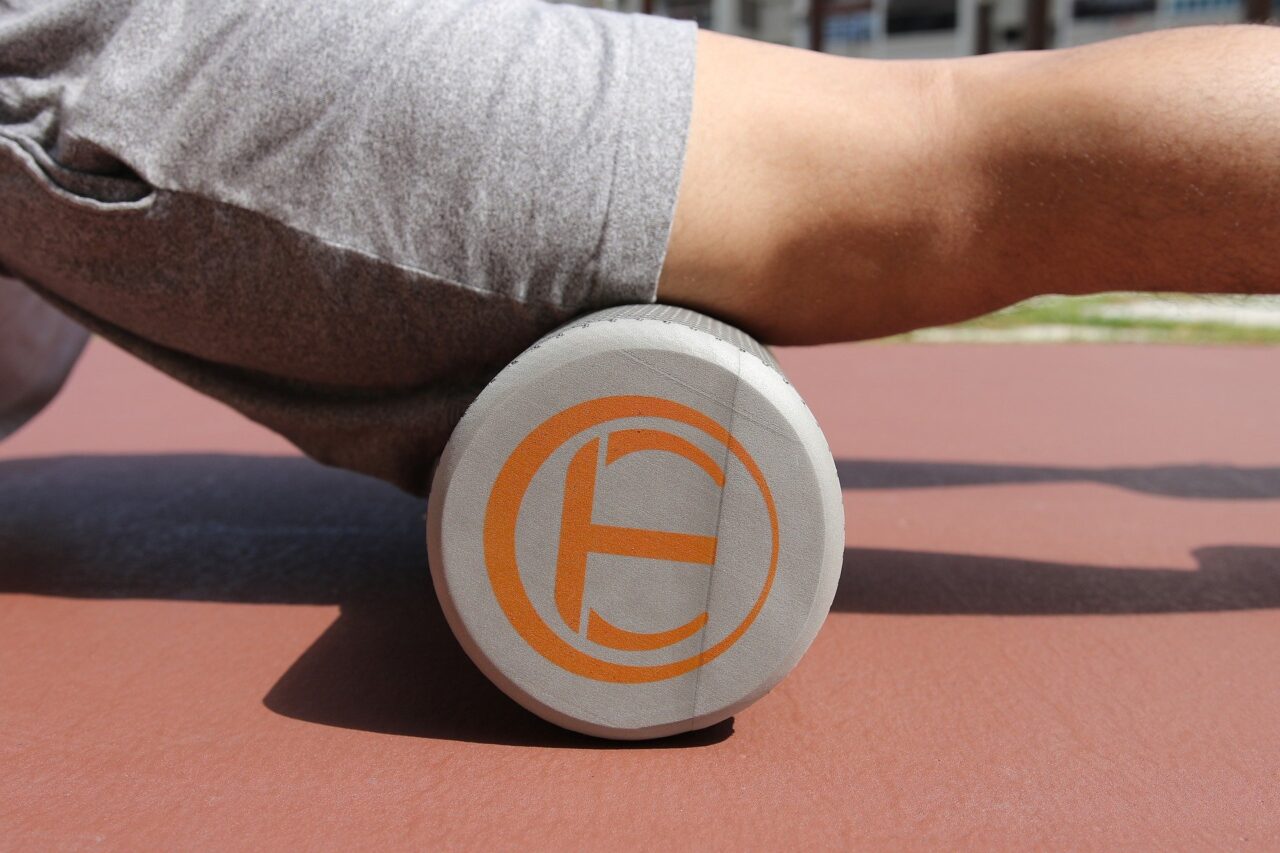Every athlete has heard it over and over from their coaches throughout the years: you need to stretch after practice/training, stretching prevents injuries, etc. Over the past decade we have seen foam rolling and other self driven myofascial release techniques gain popularity as well with claims that it enhances your recovery or it improves your mobility. Recent evidence shows that you should absolutely be either foam rolling or stretching after bouts of exercise (especially high intensity such as CrossFit) and it has nothing to do with your flexibility.
Heart Rate Variability (HRV) is the measure of time difference between heart beats. Your heart rate (pulse) is determined by stimulation from competing divisions of the autonomic nervous system. The sympathetic nervous system (fight or flight) stimulates an increase in heart rate to meet the demands of exercise. The parasympathetic nervous system (rest and digest) acts to reduce your heart rate following cessation of exercise. HRV goes up with increased parasympathetic activity while HRV goes down with increased sympathetic activity.
So you’re probably wondering “how does this relate to foam rolling or stretching?” Well, decreases in HRV have been linked to heart attack, stroke, heart failure, pain, and poor sleep. There is also emerging evidence that connects decreases in HRV to musculoskeletal injury. Studies have shown that we are able to observe decreasing HRV prior to the onset of pain or injury. Increasing HRV has been associated with improved quantity and quality of sleep, reduction in pain, and reduction in cardiovascular disease risk. Acute bouts of foam rolling or stretching following a period of intense exercise have been shown to increase activity of the parasympathetic nervous system resulting in increased HRV.
While there were many physiological benefits identified by the authors in these studies, the ability to reduce your risk of cardiovascular disease and improve your ability to recover may be the most important. The fact that the protocols implemented in these studies took 10-15 minutes is pretty compelling evidence to support the use of foam rolling or stretching as a recovery technique. Recover better, train more, hurt less. Simple!
Schedule an appointment with a CrossFit expert at Mend in Boulder and Lafayette, Colorado to review the most effective muscles to foam roll and stretch. During your appointment the physical therapist specialist will make an individualized exercise recovery plan for you.

